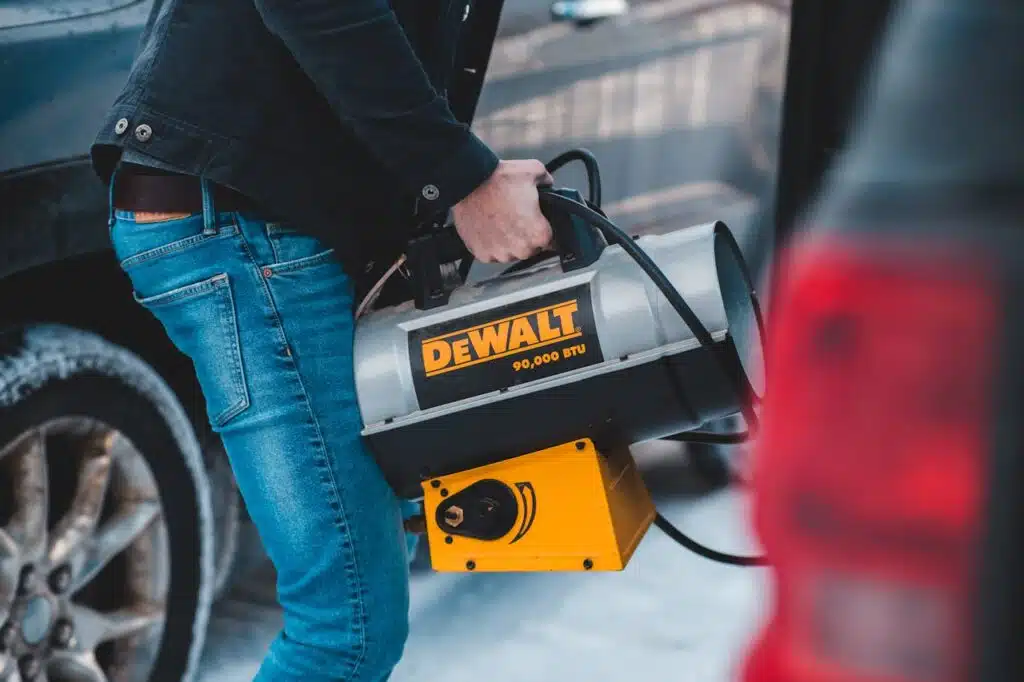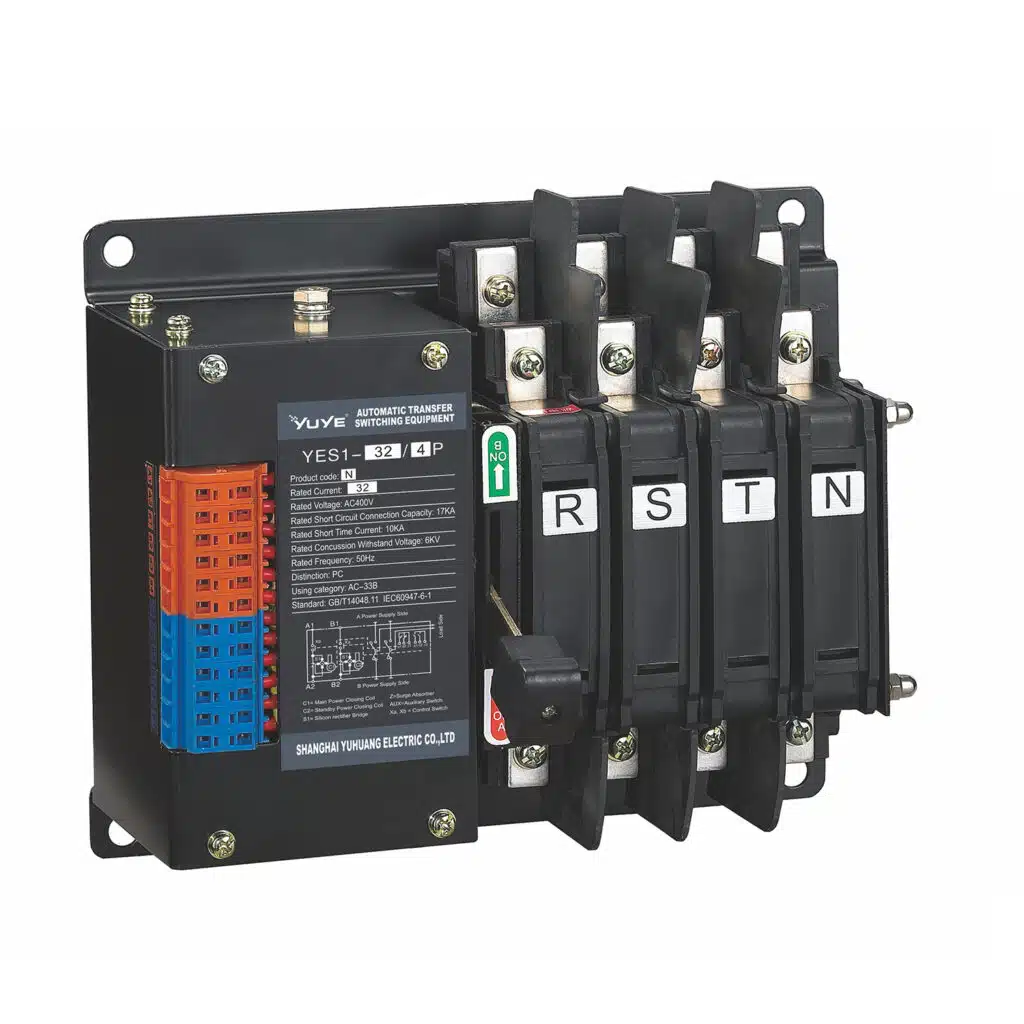Winter Camping Setup Essentials
Winter camping can be an incredible and enjoyable experience. There’s nothing quite like the crisp air, chilly wind, snow-covered landscapes, and the coziness of a camper van or RV tucked away in nature.
But let’s be honest—it can get pretty chilly because of the snow, and keeping your setup warm while making sure your power doesn’t run out is essential for both comfort and safety. Whether you’re chasing snow-covered mountains or settling in for a peaceful lakeside retreat, having a reliable heating system and solid power source can make or break your trip!
In this guide, we’ll cover everything you need to know about keeping your camper powered and toasty during those cold winter nights. From choosing the right heater to ensuring smooth power transitions, we’ll help you stay warm without a hitch.
Let’s dive into the essentials, starting with one of the most important elements of any winter camping trip: your heater.
Choosing the Right Heater for Winter Camping
There are a handful of options to consider when it comes to heaters, and there are pros and cons to each depending on your setup, power availability, and how much cold you’re willing to tolerate.
1. Propane Heaters
Propane heaters are a popular choice among van-lifers and RVers because they provide consistent heat without draining your battery. They’re great for off-grid camping where you might not have access to shore power or a generator.
However, it’s important to note that propane heaters need proper ventilation to avoid carbon monoxide build-up. Be sure to install a CO2 detector and crack a window to let fresh air in.
2. Battery-Powered Heaters
If you’re looking for something more portable or eco-friendly, battery-powered heaters are another option. They’re typically safer to use indoors compared to propane heaters, and they won’t require you to keep a fuel supply handy.
Keep in mind that this can drain your batteries quickly, especially in freezing temperatures. If you want to learn more about these types of heaters and see if they fit your winter camping needs, check out this detailed guide on battery-powered heaters.
3. Electric Heaters
Electric heaters are fantastic if you’re hooked up to shore power, but they’re not always practical if you’re camping off-grid. They’re efficient, safe to use indoors, and provide steady warmth, but unless you have access to a constant power supply or a beefy battery system, you might find your power running out before morning hits.
Safety First
No matter which heater you choose, one thing is crucial—safety. Winter camping means your space will be tightly closed off to keep the warmth in, but that also means you have to be cautious about ventilation and air quality.
A CO2 detector is a must-have, and make sure to keep your heater on a safe surface away from any flammable materials. Also, it’s always a good idea to have extra blankets and sleeping bags handy just in case the temperature drops more than expected.
Battery Power: Keeping Your Setup Energized
Now that you’ve got your heater sorted, it’s time to think about how you’ll keep everything running, especially when the cold, frigid weather puts extra strain on your power setup.
Types of Batteries
When it comes to batteries for camping, you’ll mainly encounter two types: AGM (Absorbed Glass Mat) and lithium-ion.
AGM batteries are more affordable and have been a go-to option for years, but they don’t handle deep discharges very well, which can shorten their lifespan—especially in cold conditions.
Lithium-ion batteries, on the other hand, are more expensive upfront but offer better performance in cold temperatures, longer life, and faster charging times. Pairing a lithium-ion setup with a reliable solar battery can be a game-changer for powering your winter setup off-grid, allowing you to recharge efficiently even during limited daylight hours.
For winter camping, lithium-ion is often the better choice. These batteries can withstand colder temperatures better and are generally more efficient. If you’re planning on camping in really harsh winter environments, it’s worth the investment.
Cold Weather Tips for Batteries
Cold temperatures can zap your battery life quickly, so the trick is to conserve power where possible. Here are a few tips to help keep your batteries functioning efficiently during the winter months:
- Insulate your battery: Keeping your battery warm can prevent it from losing charge as quickly. Some van-lifers even use heated battery blankets for extra protection.
- Manage your power usage: Turn off devices you don’t need, use energy-efficient LED lights, and consider using a portable power bank to charge smaller devices.
- Charge strategically: If you have solar panels, maximize charging during daylight hours. You can also use a generator to give your batteries an extra boost if solar alone isn’t cutting it.
Automatic Transfer Switches: Effortless Power Management
Now let’s talk about something that often gets overlooked but can make a massive difference during winter camping: power transitions. Making sure your power source switches smoothly is essential for uninterrupted heat and comfort—this is where automatic transfer switches come in handy.
What Are Automatic Transfer Switches?
In simple terms, an automatic transfer switch (ATS) automatically switches between power sources—whether that’s your battery, a generator, or shore power—depending on what’s available. So if your shore power cuts out, your ATS will automatically switch to your battery or generator without you having to do a thing.
(No more waking up in the middle of the night because your heater lost power.)
You can rest easy knowing you’ll have seamless power transitions with automatic transfer switches, as they provide a reliable and easy way to transition between your power sources without a hitch.
Benefits of an Automatic Transfer Switch for Winter Camping
- Convenience: You don’t need to worry about manually switching between power sources, which is especially handy in freezing temperatures.
- Safety: An ATS ensures a smooth power transition, preventing sudden outages that could lead to your heater or other essential devices shutting off unexpectedly.
- Efficiency: It maximizes your power use by seamlessly drawing from the most efficient source, reducing wasted energy.
Budgeting for Winter Camping Power
Winter camping power setups can get pricey, especially when you factor in heaters, batteries, and other accessories. But with some smart planning, you can manage costs without sacrificing comfort.
- Heater Costs: Battery-powered and electric heaters are affordable but can drain your power quickly, while propane models might require a bit more investment in fuel.
- Battery Investment: Lithium-ion batteries are more expensive upfront but offer better performance in cold conditions and last longer, which saves money over time and can make all the difference.
- Automatic Transfer Switches: If you’re frequently switching between multiple power sources, investing in a higher-quality switch will save you on long-term maintenance and prevent energy losses.
For more tips on managing your winter camping budget, check out this guide on full-time RV living on a budget.
Have a Warm and Powered Winter Camping Adventure
Winter camping doesn’t have to mean roughing it in the cold. By choosing the right heater, maintaining your battery, and using the right tools, you can ensure a warm, cozy, and well-powered experience.
Now, pack your gear, prep your power setup, and enjoy the winter wilderness!



0 Comments